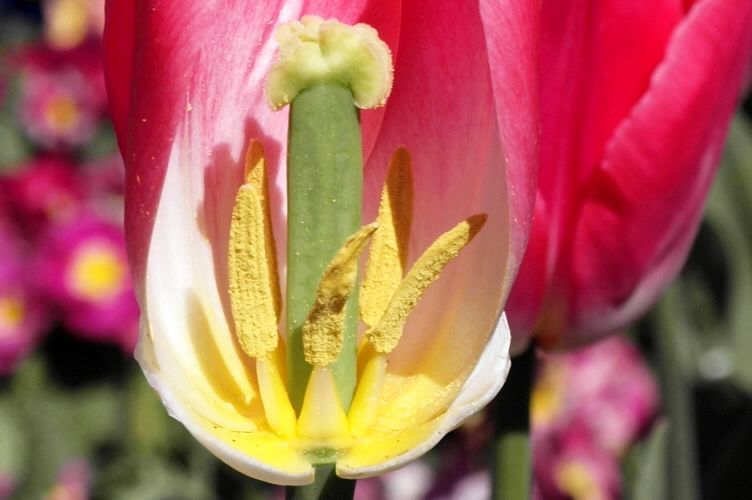Flowering plants create seeds, which get spread away from the parents and grow into new plants in new places. Pollination has to happen before seeds can be made, so flowers have a range of ways to make sure it does. The male pollen cannot move to the female part of a flower on its own, so wind and animals are used to carry it instead.
This unit is designed to introduce students to some of the science ideas and concepts relating to pollination and seeds, stems and spores. It is suitable for students working at NZC levels 1 and 2.
Overarching learning outcomes of this teacher resource integrate:
- understanding of how and why pollination occurs (scientific knowledge)
- an investigation, via role play, into how animals and the wind transfer pollen (scientific practice)
- understanding of why scientists use models to explain scientific principles (nature of science).
Students will meet these learning outcomes by:
- identifying ways that flowering plants attract pollinators
- identifying flower or plant structures that aid pollinators
- using specific content vocabulary where appropriate.
Download the unit plan (see below).

